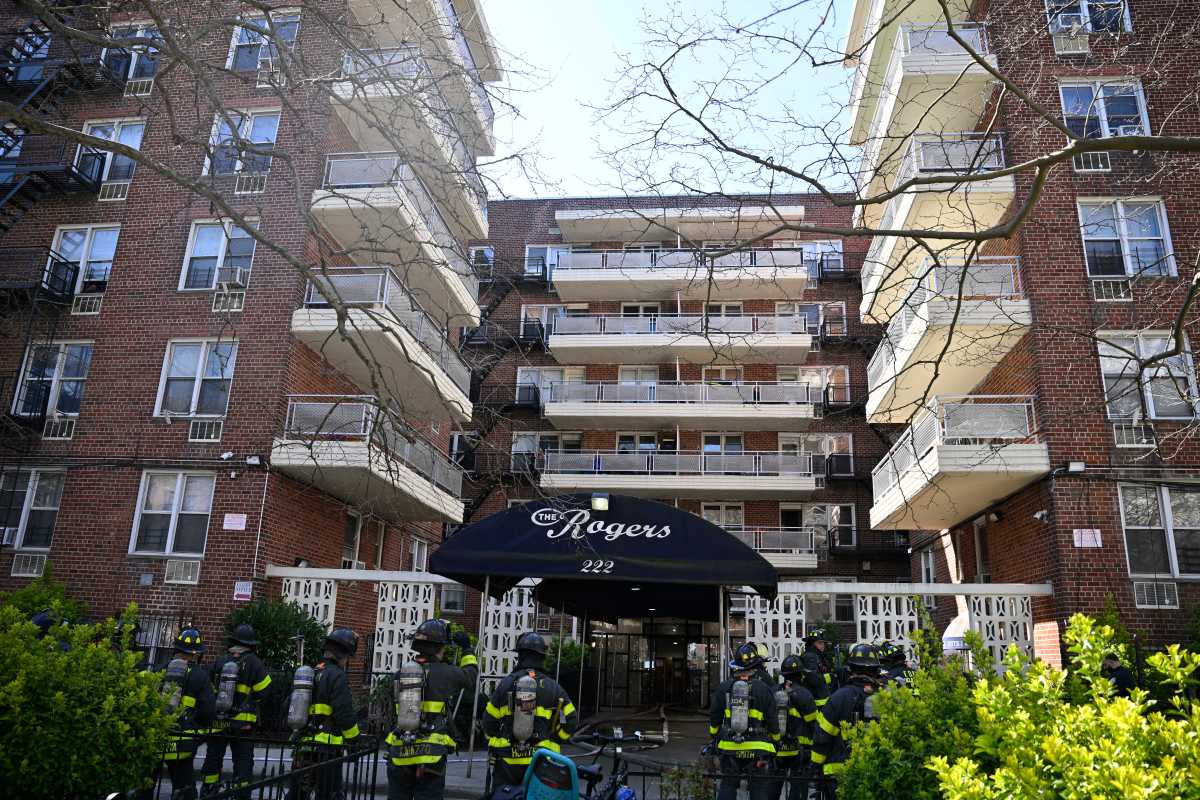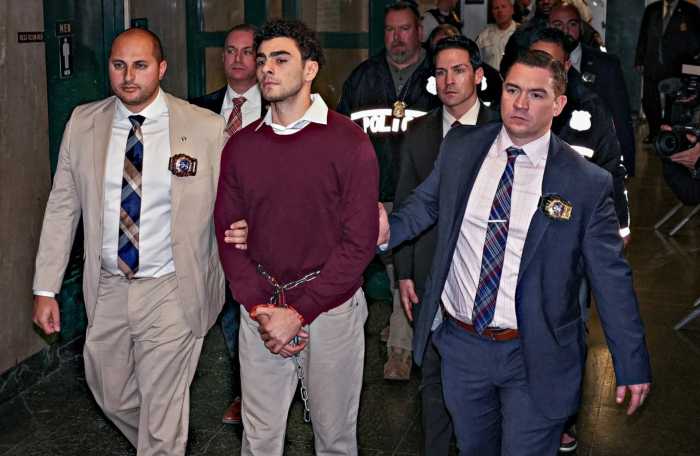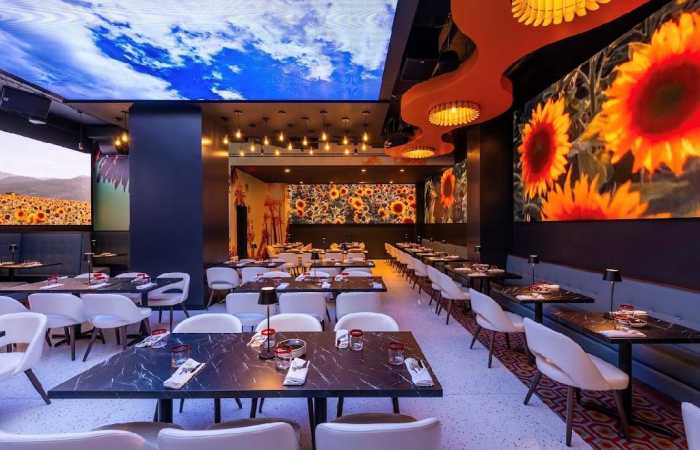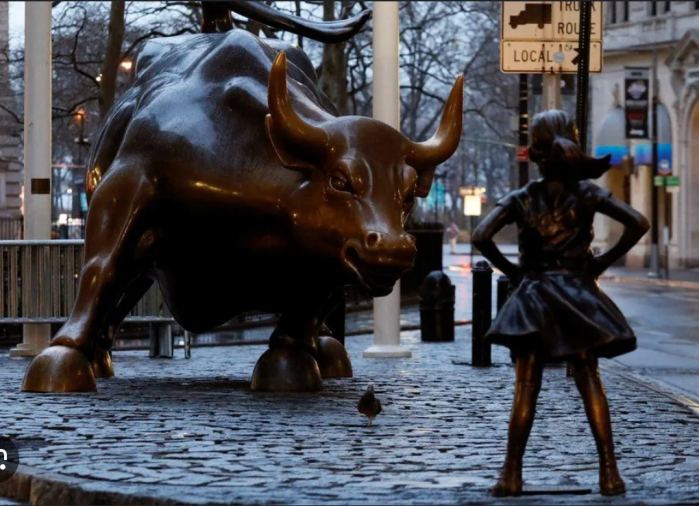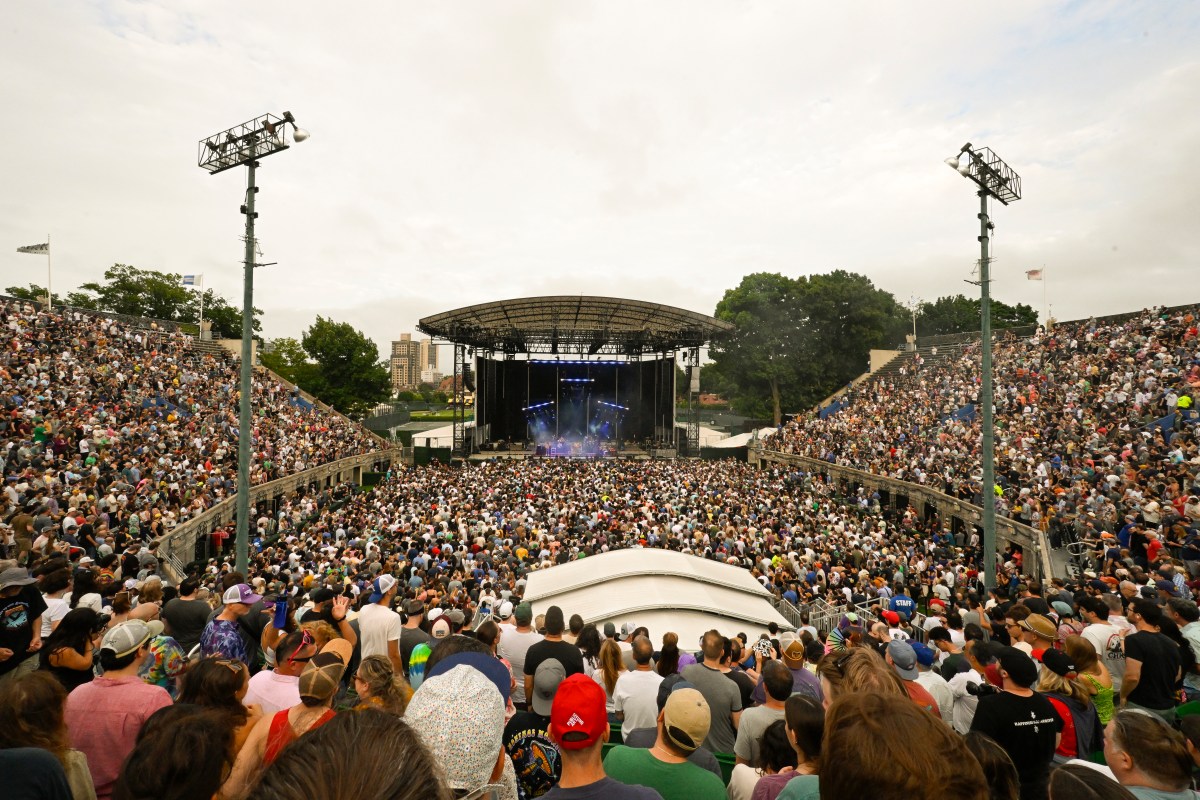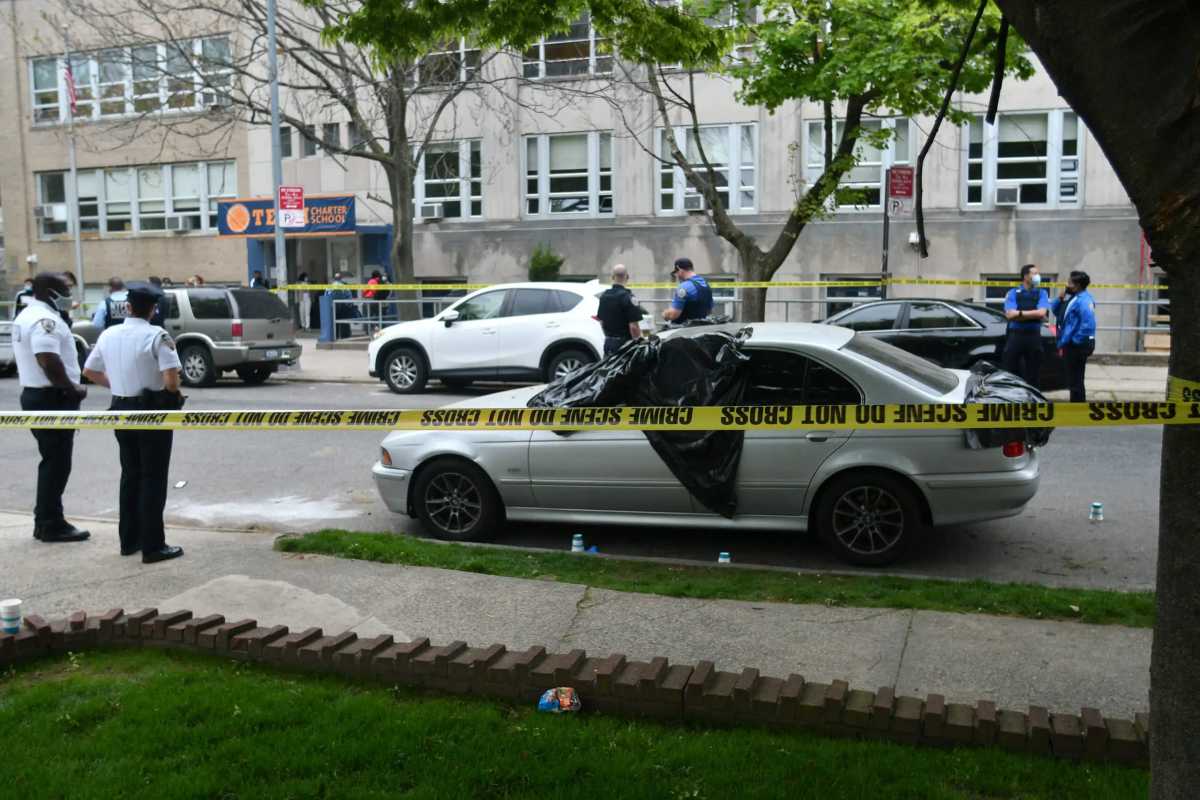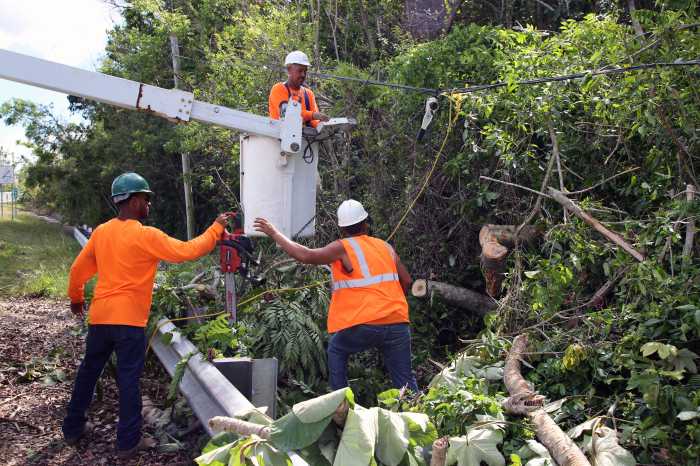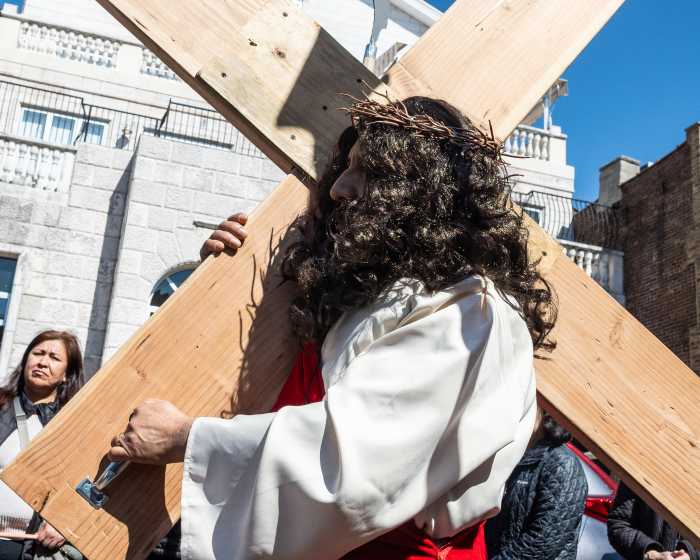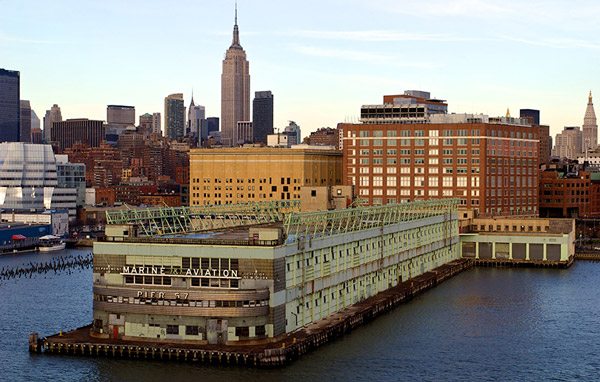
Pier 57, just south of Chelsea Piers, is set to become a dynamic center for fashion, food, film and the arts.
BY EILEEN STUKANE | With City Council approval, a plan by Young Woo & Associates (YWA) is set to transform Pier 57 from an abandoned eyesore to a cultural and creative destination.
The hulking structure, which juts out from its position on the shoreline of the Hudson River Park, west of Route 9A at West 15th Street, is the focal point of a project which includes approximately 425,000 square feet of space alloted for food, fashion, pop-up and permanent retail, educational and cultural uses — along with a Tribeca Film Festival venue on the open-spaced rooftop park, a water taxi landing, a 141-slip marina and more than 100,000 square feet of public open space.
The area’s rebirth, which has the blessing of Community Board 4 (CB4) and the Hudson River Park Trust (HRPT) has been a long time coming. Pier 57 is unusual in that it is not supported by wooden pilings, but by three giant concrete boxes (also called caissons).
In 2003, John Doswell wrote about the history of Pier 57 in our sister publication, The Villager. In 1947, a fire that lasted two days destroyed the $5 million Pier 57. A few months after the smoke settled, it was time to rebuild the pier — but make it less flammable.
The idea for the concrete caissons came from the use of floating concrete breakwaters for the invasion of Normandy during World War II. The concrete caissons were constructed at a manmade lake next to the Hudson River in Haverstraw, New York. In 1952, they were floated downriver to be put in the place where they sit today, supporting Pier 57. The ceremony to reopen Pier 57 was held in December 1954. The Metropolitan Transit Authority used the pier as a bus garage and maintenance facility until 2003, when Pier 57 was officially vacated.
Proposals to overhaul the pier were submitted to the HRPT as far back as 2004. According to Madelyn Wils, HRPT’s President and CEO, another RFP (Request for Proposal) was sent out around 2007. “Young Woo had a very creative concept, to do a creative urban retail site that would be a destination,” recalled Wils. “But [it was] unlike what one would consider your usual mall, and would draw on creating interesting urban experiences.”
Wils cited as a draw, the YWA concept of repurposing ship containers as pop-up or concept shops, something YWA calls “Incuboxes,” which the firm created for Brooklyn’s DeKalb Market — a year-long venture that ended in October 2012 with the ship-container-shops transported away whole. Incuboxes are moveable and offer flexibility for walls. “This is a concept that has worked in London and other cities quite well and it seemed like a unique way of utilizing what could be a beautiful space when it’s rehabbed, and be a cool destination for the park,” she said.
YWA won out over proposals from real estate developers Douglas Durst and Related. It is the innovative firm that developed the Sky Garage condo at 200 11th Avenue, where an elevator brings the driver’s car to a garage adjacent to the living space. Although representatives from YWA were not available to speak with Chelsea Now for this article, it was reported in the Daily News that the firm, which won the right to develop in 2009, was planning to invest “just under $200 million in the total project.” Environmental and zoning issues had to be addressed before the plan could move forward. Through the entity Hudson Eagle LLC, YWA now has a 49 year lease with the HRPT, which will receive approximately $2 million a year from the project once Pier 57 is up and running.
CB4 had its concerns readily accommodated by the HRPT and YWA, in the form of assurances that there will be no hotel, big box or chain stores on Pier 57. There will be a clear notice that the parking is “accessory parking only” and pedestrian walkways and traffic patterns will be adjusted when the project is completed. Pier 57 will also provide job opportunities for Chelsea residents, and the chance for Chelsea schools to collaborate with tenants of Pier 57 on arts projects.
As Robert Benfatto, CB4 District Manager, says, “Where Pier 57 is located, across from Chelsea Market, I think makes it a good fit for the community.” He also points out that it is unlikely that any future changes would be made to the approved plans for Pier 57, since changes would have to go through another protracted review process.
Madelyn Wils sees Pier 57 as a way of creating connectivity through the Hudson Park from the Village into Chelsea. The Meatpacking District, situated where it is, somewhat separates the Village and Chelsea.
“This [Pier 57] will be a great opportunity for connecting Chelsea with the neighborhood south of it, by creating a beautiful esplanade and bikeway,” says Wils. “As we work to connect the entire park together, this is one step forward.”
Construction is scheduled to begin in October, with the estimated completion in 2015.





